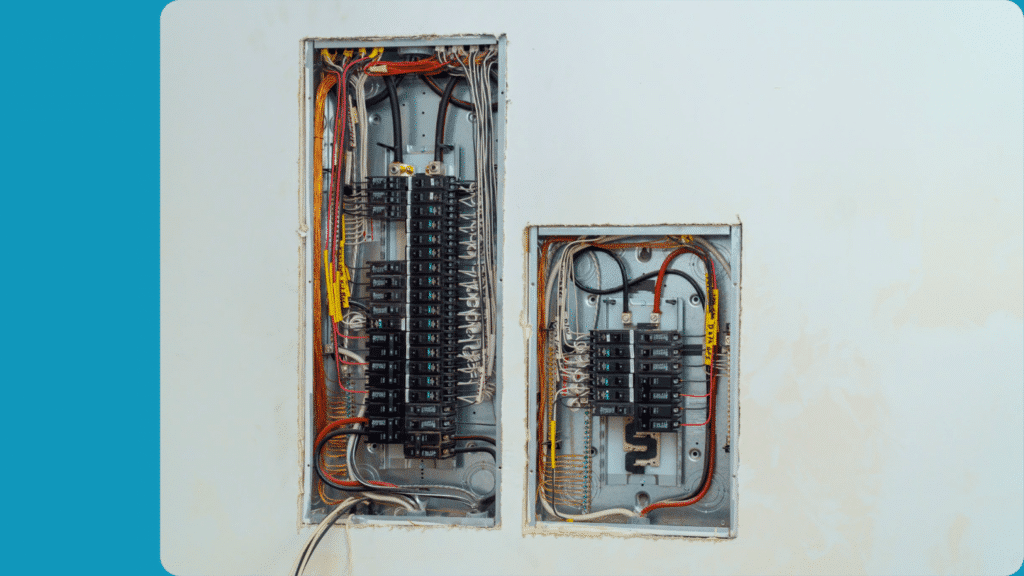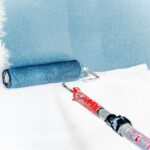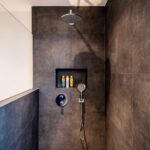Subpanel Grounding Requirements, The core of a home’s electrical system is the primary circuit breaker box, commonly known as the main electrical service panel. It is where the utility company feeds power to the residence and distributes it to its branch circuits.
If your home’s main electrical service panel is full and you need room for more circuits, a subpanel may work.
Subpanels are mostly utilized to extend multiple branch circuit wiring to specified regions of a home or property far from the main panel. It’s a satellite circuit breaker panel with its own breakers. That said, however, proper grounding is a fundamental component of safety and protection for your home/business’ electrical system. It’s for this reason that the National Electrical Code (NEC) and local building codes require you to have one or more ground rods on your property.
Table of Contents
Does A Subpanel Need A Ground Rod?
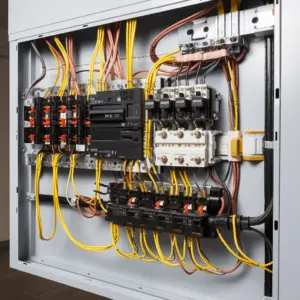
The straight answer is yes. All sub panels outside of the main building require at least one and sometimes two ground rods, aka grounding electrodes.
Subpanels for detached buildings/structures also need a ground wire back to the main building. However, if a subpanel is in the same building as the main panel, then it does not need a ground rod- only the ground wire.
To determine the basics for sub panel grounding, inspect the wires size and types of wires used in the subpanel. Note that there are different rules for sub-panel grounding for detached structures. Subpanel grounding in the same property is not hard.
Grounding a subpanel is not that different from grounding the main panel. You just need to follow a few guidelines to get it perfect. The neutral bar is not grounded in a sub-panel. Instead, it is connected to the subpanel enclosure through spacers to avoid grounding.
You also need to check how many wires the feeder has. In case you already have a subpanel installed, simply check if it has wires or not. Some old structures/buildings have three wire feeders, but this kind of wiring is now outlawed.
Before you commence the work, it’s best to check out the National Electrical Code or the regional code. Some of the requirements and wiring options vary in different states.
Detached Buildings Sub Panel Grounding Requirements
In this type of subpanel grounding, we recommend that you consult your electrician first. It is an extensive project and often requires a license, so if you don’t have one, you’ll be wise to leave it for the professionals.
Nonetheless, fret not because we’ve made a list of the basic things that you can check before consulting an electrician.
Inspect to see if there’s a grounding rod in the structure or building. If the facility already has a grounding rod, these rods should be bonded together to make a ground electrode system. Otherwise, you’d have to install it.
Check if the equipment grounding conductor is a wire type or not before adding wires to a subpanel. If that’s the case, you can check article 250 of the National Electrical Code to get an idea about the types and sizes of the cables you can use. Then resize the wires as per the NEC. You probably already know that grounding wire and gauge can be the same size.
Inspect carefully the building or property serviced to see whether there are any continuous metallic routes between the destination and the feeder source. Subpanel Grounding Requirements aren’t any, you don’t have to install a grounding rod.
Subpanel Grounding Requirements recommended to decide ahead of time how many circuit breakers you’d need in the sub-panel. In the event that you need more than six, then the main circuit breaker has to be installed.
Same Building Subpanel Grounding Requirements
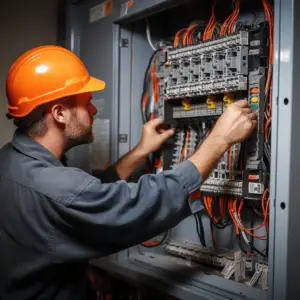
Grounding a subpanel in the same property is not hard. All you need to do is double-check a few things first. We have outlined the various requirements that you’d need to uphold.
If you’re considering installing a subpanel, you will need to segregate the ground and the neutral bars or terminals. That’s why the primary circuit feed to the subpanel has to have four wires, each with its own devoted insulated cable.
Note that a terminal slot in the grounding bus is meant for one conductor unless it says otherwise. It really doesn’t matter how large the terminal is, it has to fit only one conductor. You may want to check out the manufacturer’s instructions first as there might be exceptions to this rule.
Subpanel neutral bars or terminals should never be attached to the enclosure or the subpanel’s ground, as this could cause an electric shock. Also, you shouldn’t put a metal ground rod on any part of the subpanel.
All ground wires and neutrals can be connected at the main panel but not at the subpanel. Moreover, the bonding for the main ground sources can be done there as well. You can also bond ground sources like ground rods there too.
Why Can’t You Bond Ground and Neutral at the Subpanel?
With the neutral and ground bonded, the current can move on both the neutral and ground back to the main panel. That means if the load becomes unbalanced, and the neutral and ground are bonded, the current will travel through anything bonded to the subpanel (ground wire, piping, enclosure, etc.) and back to the main service panel- which is a clear shock hazard!
When a ground fault occurs, it needs ONE ground wire as a low impedance path to the main panel which moves the current to the transformer and back to the main panel’s breakers to clear the fault. Thus, with neutral and ground bonded, current can flow on both grounds and neutral back to the main panel.
In a simple way of saying, all neutral wires should be connected to a floating bar, whereas all grounds should be attached to a bar directly attached to the panel.
